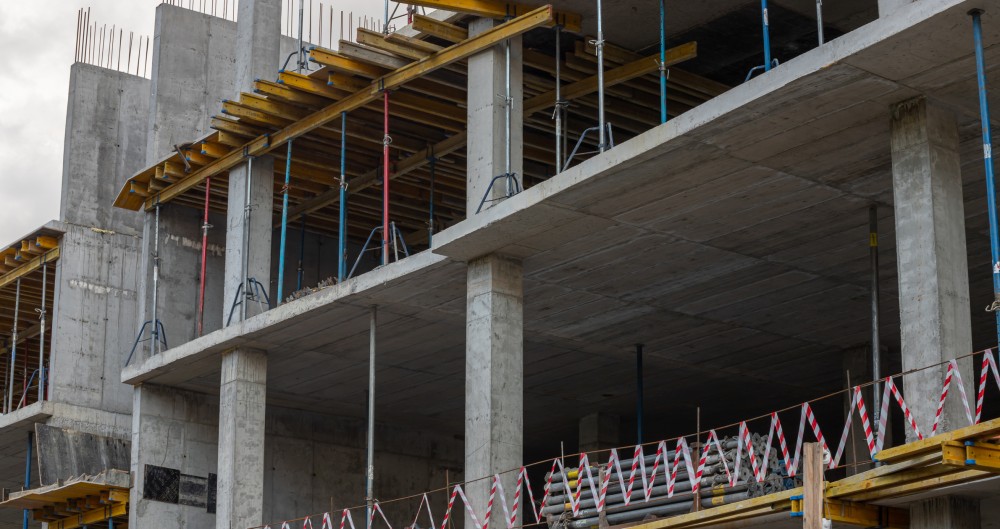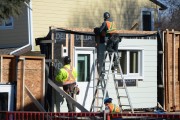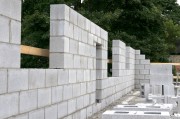Concrete is one of the most carbon-intensive building materials, and it’s used twice as much as all other man-made materials. The cement industry accounts for approximately 1.5% of Canada's GHG emissions, even greater than domestic aviation, which accounts for approximately 1% of national GHG emissions. As infrastructure and housing needs continue to grow, so to do the demands for concrete.
Canada is home to leading producers of low-carbon cement. To keep up with infrastructure demands while meeting carbon emissions reduction targets, governments need policies, standards and regulations that drive uptake of made-in-Canada solutions.
Just outside of B.C.’s capital, the City of Langford is growing. With an increasing number of buildings being constructed, the City is prioritizing sustainable building materials in the projects they approve. The first initiative of this little city of 46,000 people was to introduce a low-carbon concrete policy — a Canadian first. City-owned buildings and infrastructure, as well as private projects needing more than 50 cubic metres of concrete, must be made using carbon dioxide (CO2) mineralization technologies. This means captured CO2 is injected into the concrete for sequestration before it cures to reduce greenhouse gas emissions without compromising strength and performance.
City officials quickly found that the policy was ahead of the local concrete production market — only one company in the area could provide CO2 mineralization. Concerns arose that the policy would unduly favour a single supplier. To remedy this, the City shifted to a performance-based policy, removing the prescriptive requirement for CO2 mineralization. Langford now requires projects to stay below an emissions threshold that will be gradually reduced over time. Environmental product declarations, labels detailing the environmental impact of a product, are used to verify emissions reduction. This updated policy enables other concrete providers to compete for contracts and encourages designers to propose innovative alternatives to traditional concrete.
Concrete producers are no strangers to prescriptive requirements. Concrete products typically have restrictions on materials and mixture proportions to ensure strength and workability (the ease of working with the material). But prescriptive requirements do not guarantee a higher quality product and can result in a more costly, less sustainable concrete. Today, the shift towards performance-based designs is becoming more common. This shift enables concrete mixes that are optimized to meet specific project needs; the closer a material can match the performance requirements, the more sustainable and cost-effective it can be. To ensure the success of performance-based specifications, all those involved with a project must clearly understand their responsibilities and be flexible to curing times beyond the standard 28 days.
The City of Langford has proven itself to be a leader in tackling carbon emissions in concrete, with a policy that shows that performance-based requirements can help drive economic development by promoting market adoption of locally made sustainable building materials. As more jurisdictions seek to reduce emissions associated with concrete, this small city has big insights on how to succeed.
Watch for our upcoming report, which will explore how Langford’s approach can help B.C. reduce emissions from a critical construction material while developing a home-grown, low-carbon concrete industry.
Note: This document was revised on November 6, 2024 to correct the emissions impact of concrete in the first paragraph.









